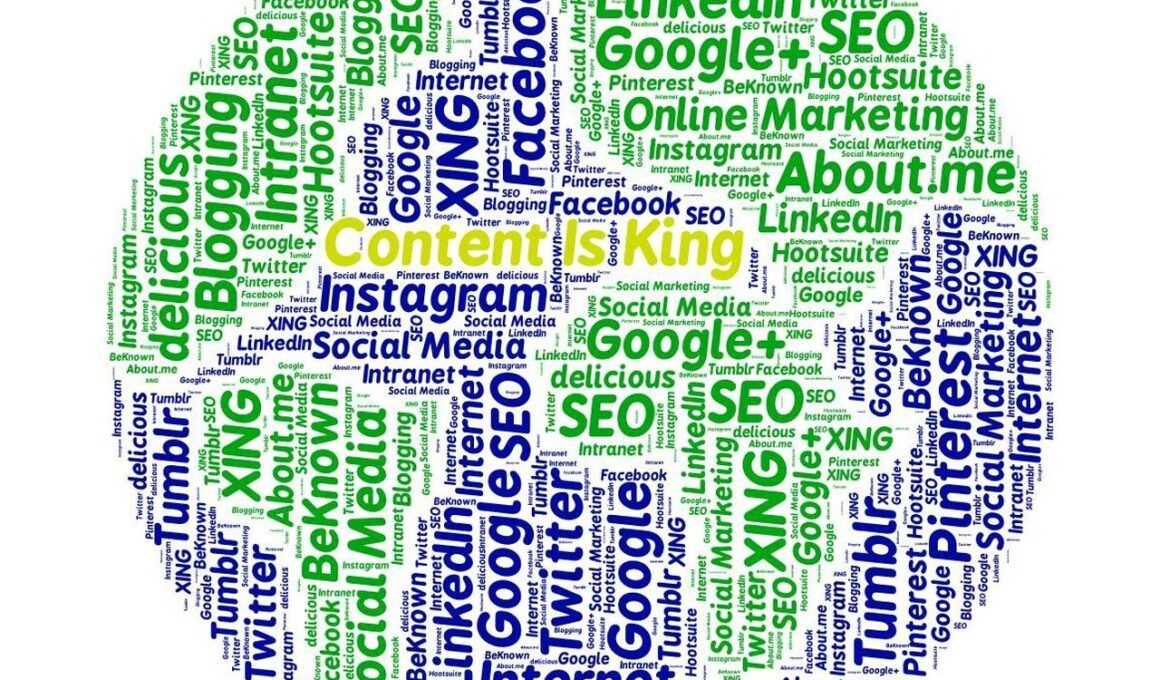Scheduling LinkedIn Videos and Articles for Maximum Impact
Creating a content calendar for LinkedIn can significantly boost your networking efforts. Consistency is key on this professional platform, as a well-structured calendar allows you to plan and post videos and articles effectively. Your content can lead to increased engagement, connections, and eventually opportunities. Start by identifying your target audience and understanding their needs. Tailor your content to meet these needs, ensuring relevance while also showcasing your expertise. Once you have your topics selected, it is crucial to establish a posting frequency. Posting once per week may suffice, but frequency can vary based on your audience’s responsiveness. Use analytics to gauge performance and adjust your strategy accordingly. Incorporating video content can be particularly beneficial, as it has a higher engagement rate compared to static posts. Consider using tools designed for scheduling, allowing automation of your posting process. This practice can help maintain regularity in your content sharing. Always remain flexible and be ready to tweak your plans based on feedback and emerging trends. Keeping an organized approach fosters consistency and builds your presence on LinkedIn.
Once you establish your posting frequency, focusing on content types is essential. LinkedIn supports various formats such as articles, short posts, and videos. Diversifying your content can keep your audience engaged and interested. Articles allow for in-depth exploration of topics, while videos help deliver messages quickly and with high engagement. Consider using a mix of both to cater to different preferences among your audience. You may draft a series of video tutorials, showcasing your skills while also providing value. Interactive content, such as polls or questions, encourages engagement and allows you to hear directly from your followers. Regularly assess which types of posts resonate most with your audience through LinkedIn analytics. Shift your focus to those formats for maximum impact. Additionally, leverage trending topics within your industry to increase visibility. This can also enhance your credibility as a thought leader. Remember to utilize hashtags effectively to reach a broader audience and connect with relevant themes. Aim for a clear call to action, prompting viewers to engage with your content further. This engagement can lead to deeper connections and networking opportunities.
Utilizing LinkedIn Analytics for Optimization
Analytics play a pivotal role in maximizing the effectiveness of your LinkedIn content calendar. By observing metrics such as views, likes, shares, and comments, you can better understand your audience’s preferences. LinkedIn provides tools that offer insights into who is engaging with your content, their job functions, and industries. By analyzing this data, you can refine your posting strategy to include subjects that resonate best with your audience. For example, if a specific topic garners significantly more engagement than others, it is wise to produce related content. Additionally, consider the timing of your posts. Analyzing when your audience is most active can result in higher visibility and engagement. You might find that posting during work hours generates more interaction than evenings or weekends. This meticulous approach can ensure that your content reaches the maximum number of viewers. Utilize A/B testing to experiment with different content formats and distribution times. This process will help you uncover the most effective strategies for your LinkedIn presence, enabling you to adapt constantly and keep your audience engaged.
Moreover, the importance of visuals in your LinkedIn posts cannot be overstated. Professional images, infographics, and well-edited videos can enhance viewer engagement and improve your content’s shareability. A striking visual can capture attention and drive users to read your posts, while informative infographics can condense complex information into digestible pieces. When planning your content, always consider incorporating strong visuals. Additionally, using GIFs can add an element of fun to your posts while conveying emotions succinctly. Always ensure that your visuals align with your brand’s aesthetics to maintain consistency. When creating video content, pay attention to your on-screen presence, as the way you present yourself can impact audience perception. Practice speaking clearly and confidently, which will help convey professionalism. Edit your videos to maintain a concise message that respects your audience’s time. Be sure also to include captions, as many users scroll through their feeds without sound. Content that is easily consumable is more likely to be shared and engaged with. Overall, combining quality visuals with informative content will make for a robust LinkedIn strategy.
Engaging with Your Audience
Active engagement with your audience is key to fostering relationships on LinkedIn. Responding promptly to comments on your posts shows that you value your audience’s input, encouraging continued interaction. Consider starting conversations by asking questions relevant to your content. This can elicit thoughtful responses from your network and expand discussions around your topics. Another effective strategy is to engage with others’ content proactively. By commenting and sharing insights on posts from your connections, you position yourself as an active participant in your professional community. This approach helps in extending your reach and visibility. Don’t shy away from sending personalized connection requests, especially after meaningful exchanges in comment sections. Building genuine connections lays a strong foundation for professional networking. You can also create dedicated time slots for interacting with your network regularly. This commitment to engagement can create a supportive community that shares your values and interests. Additionally, consider following up on impactful conversations with valuable resources or a message that sustains the dialogue. This level of engagement can solidify relationships and present potential collaboration opportunities in the future.
As you schedule your LinkedIn content, consider how consistency and quality intersect. A well-planned calendar allows you to maintain the frequency of posts without compromising your message’s quality. Setting aside specific times for content creation enhances focus and reduces stress related to spontaneous posting. During these sessions, dedicate time not only to drafting articles and recording videos but also to brainstorming new angles to existing topics. This ensures that your content remains fresh and innovative over time. Remember, planning also includes promotion; consider repurposing content across other platforms to extend its shelf life. For instance, a well-received article can be transformed into a series of LinkedIn posts or discussed further in a video. Offering multifaceted content can cater to different learning styles within your audience. Utilize your content calendar to identify opportunities for themed posts or campaigns, aligning your content with relevant events or industry trends. Encouraging discussions around shared interests can influence your audience significantly. A thorough approach not only showcases your expertise but demonstrates your commitment to staying relevant within your network.
Wrapping Up Your LinkedIn Strategy
In conclusion, developing a robust LinkedIn content calendar is vital for maximizing your networking potential. By planning your posts, engaging actively with your audience, and utilizing analytics, you pave the way for stronger connections and growth in your professional presence. Make use of varied content types to keep your profile dynamic and engaging. Embrace the benefits of visuals, allowing them to complement your articles and messages effectively. Analytics will provide you invaluable insights, guiding your content strategy over time. As you engage with your audience, focus on cultivating genuine relationships that encourage dialogue and sharing. Regularly revisit your calendar to adapt to changing narratives or topics within your industry. This agility will help ensure your content remains relevant and impactful. Ultimately, embrace the journey of professional development, learning from both successes and challenges. Experimentation in content formats and posting strategies will contribute to a more profound understanding of what resonates with your audience. The goal is establishing yourself as a thought leader, and a well-maintained content calendar can help you achieve that ambition.
Now that you have the tools and strategies in place for your LinkedIn content calendar, start integrating these tips into your daily routine. Consistency is crucial, not only in your posting schedule but in the quality of the content you share. Crafting thoughtful and valuable posts can lead to meaningful engagement with your audience. Aiming to provide genuine insights will encourage your connections to value your contributions. Take note of current events and trends; these topics often invite participation and dialogue. Connecting with a broader community on LinkedIn often requires an engaging approach, so focus on storytelling and personal experiences. Recognizing how your insights have impacted others can inspire continued discussions and learning opportunities. Leverage polls and open-ended questions to actively involve your audience and gain their perspectives. Over time, you will develop a deeper understanding of their preferences and needs. As your audience grows, continue refining your strategies based on their feedback and behavior. An adaptable approach will ensure your content aligns with evolving trends in your field. Most importantly, keep monitoring your analytics to stay ahead of the curve and enhance the effectiveness of your LinkedIn networking efforts.


